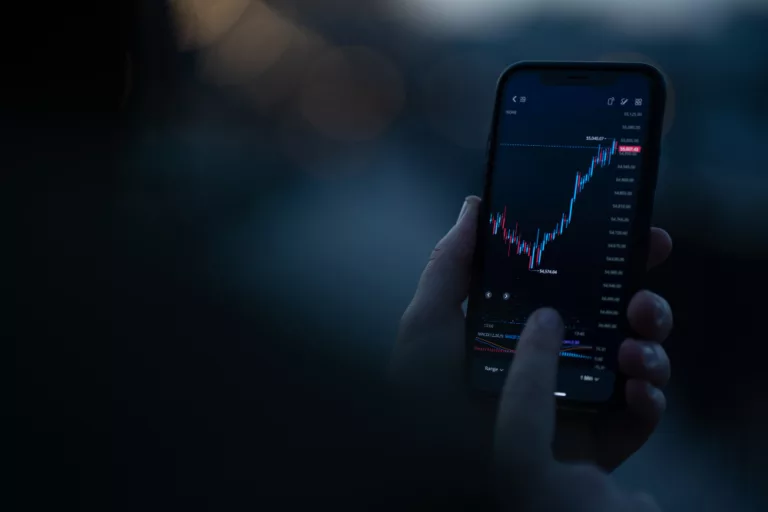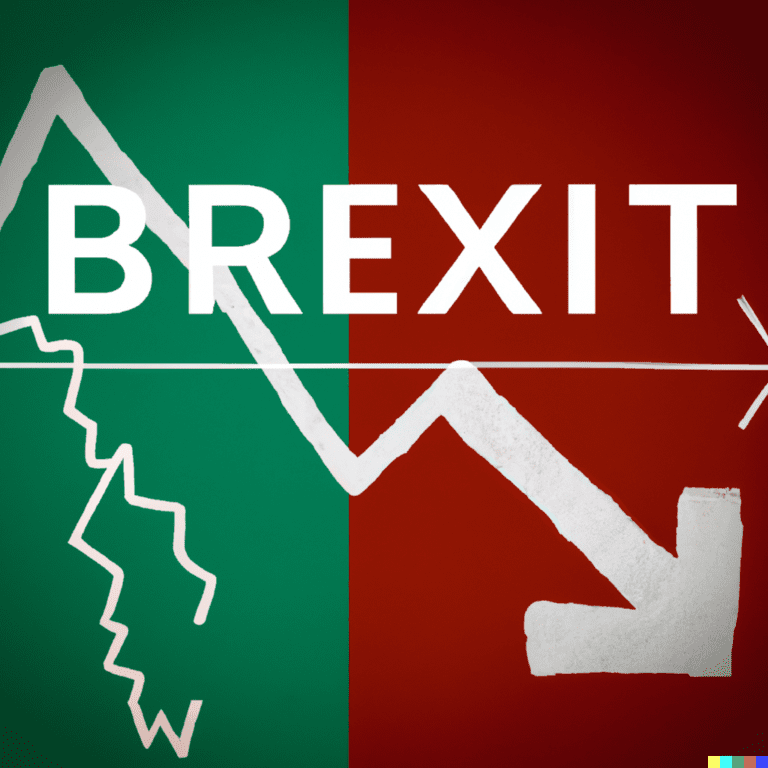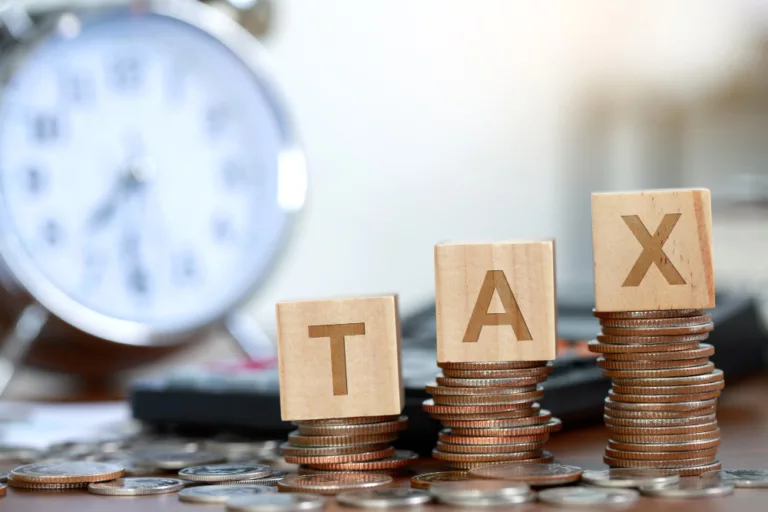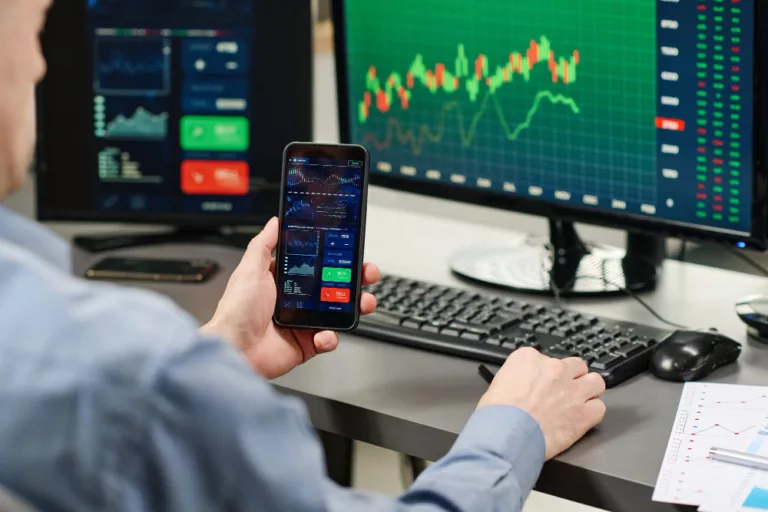What Are The Forex Markets?
Forex, short for foreign exchange, is a dynamic trading market where currencies are exchanged to potentially yield profits. This article delves into the intricacies of Forex trading, shedding light on its fundamental concepts.
The Surge of Forex Trading
Forex trading has emerged as one of the most sought-after forms of investment in recent years. Much like stock trading and cryptocurrencies, the pandemic further popularized this avenue. According to the Bank for International Settlements (BIS), global FX trading witnessed a staggering 14% surge between 2019 and 2022, reaching unprecedented heights of $7.5 trillion per day by April of the previous year.
Understanding Forex: The Basics
The global financial market, the forex market, operates around the clock, only pausing during weekends. Unlike centralized exchanges, it works over-the-counter, where transactions occur directly between buyers and sellers via computer networks. In addition to individual investors, this market caters to hedge fund managers, corporations, specialized forex dealers, and central banks. It also accommodates entities facilitating currency conversions for large international transactions and investments.
Decoding Currency Pairs
Forex trading involves the interchange of two currencies forming a ‘pair’. This is akin to everyday instances, like converting US dollars to Mexican pesos for a trip. In Forex, a pair might be denoted as USD/MXN. This exchange rate dynamic turns even commonplace transactions into profit-making opportunities. Unlike random luck, Forex trading hinges on astutely selecting currency pairs based on anticipated strength, followed by a strategic conversion and a vigilant eye on pip movements.
Understanding ‘Pip’ in Forex
A ‘pip’, or ‘percentage in point’, signifies the smallest unit price fluctuation in a currency exchange rate. Most currencies are priced to four decimal places, where one pip equates to 0.0001 of the chosen currency. Notable exceptions, such as the Japanese Yen (JPY), are quoted to two decimal places (0.01). Additionally, there are ‘pipettes’, fractional pips, found further down the decimal scale.
Grasping Volatility in Forex
Currency pairs exhibit varying degrees of volatility, indicating the extent of price fluctuation against the currency you are trading. High volatility translates to higher risk and potentially higher rewards, while low volatility suggests a more predictable venture. Incorporating volatility insights into trading strategies and considering stop loss levels and position sizes proves instrumental in risk management.
Driving Forces Behind Forex Markets
In any form of trading, comprehending market dynamics is crucial. For Forex, key considerations include:
Macroeconomic Events: Events like inflation can significantly impact a currency’s exchange rate.
Trade Balances: Deficits and surpluses exert substantial influence on Forex markets.
Financial Markets: The performance of stock, bond, and commodity markets can sway currency strength.
Political Events: Unexpected events like the UK’s Brexit referendum can trigger significant currency movements.
Choosing the Right Platform
Selecting a reliable Forex broker is essential. Factors to consider include regulatory compliance, platform usability, availability in your region, educational resources, and compatibility with trading journals.
Leverage in Forex Trading
Leverage allows traders to amplify their investments by borrowing capital from a broker. While it can magnify profits, it equally heightens potential losses. Exercise caution and employ risk management strategies when using leverage.
Conclusion
Forex trading offers immense profit potential, but it requires a comprehensive understanding of its mechanisms and inherent risks. Individuals can navigate this dynamic market more effectively by grasping the fundamentals and implementing prudent strategies.







